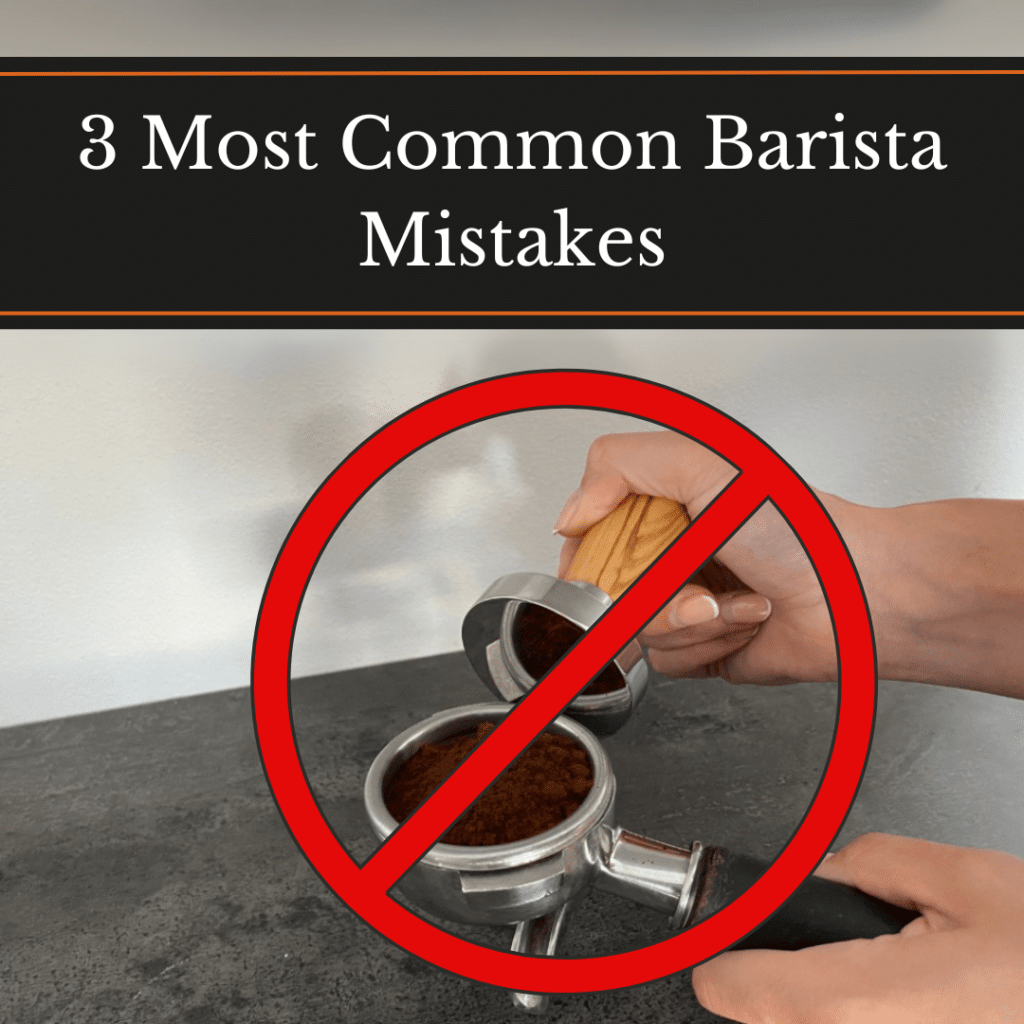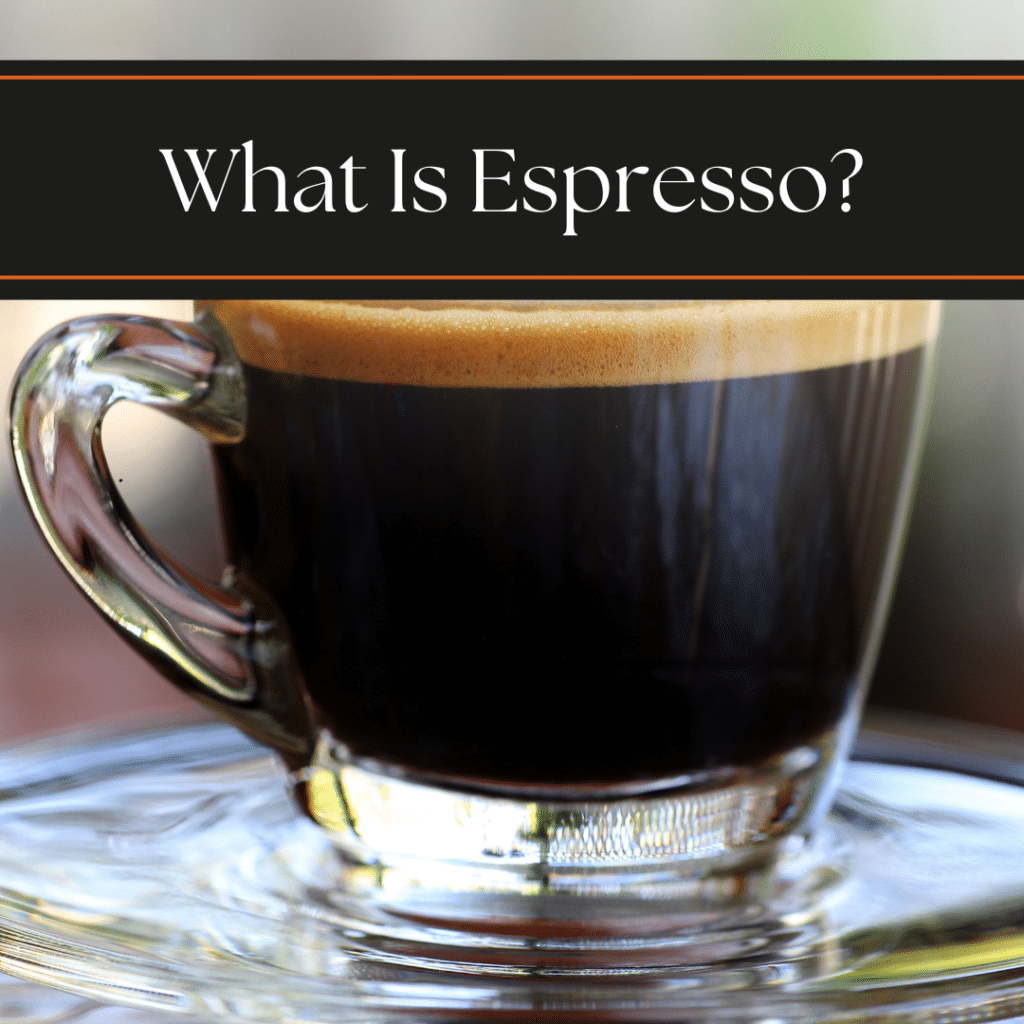Which is best, Hario V60 or Kalita wave?
One of the big questions in the coffee world, especially with budding baristas, is what should you choose, Hario V60 or Kalita Wave?
The Kalita Wave we think produces the more consistent cup overall, and extracting does seem more consistent with this (as long as the holes don’t clog!), although we feel the V60 helps to bring out more vibrancy, acidity and fruity notes with slightly less body compared with the Wave.
With this post we hope to help you make the right decision in buying your next brewer. We will be reviewing and comparing the two most popular filter brewers on the market today and also going into the pro’s and con’s of both brewers, and also some top tips for getting the best out of them.
History of the V60 and Kalita Wave
Hario V60
Made by the Japanese ‘King of Glass’ Hario, these fantastic brewers were first manufactured in 2004 and not much has changed in design since then. With it’s cone shape with an optimum angle of 60 degrees, spiral ribs and large drip hole, this brewer comes in various materials, sizes and colours. This brewer is popular among competitors in the coffee industry and has been the brewer of choice for the winners of the Brewers Cup 5 times in the last nine years, which really highlights what results you can expect using the V60.
Kalita Wave
Another export from Japan, Kalita was first manufacturing coffee equipment in the 1950’s. The Kalita Wave was released shortly after the V60. This flatbed brewer is different to the V60, first off with it’s waved filter papers, but also in the fact that they have 3 small drip holes instead of one large hole. Again this proves very popular in the specialty coffee industry and is used widely in competition.
HEAD TO HEAD
Firstly, the big difference is in the fundamentals of the brewers. With the V60 being a cone, you would expect towards the bottom of the cone the coffee would be over extracted, with the top of the cone being under extracted. However, this is not really the case as when water first interacts with the coffee at the top of the coffee bed, it is a more efficient solvent and is able to take on more coffee particles than it can towards the bottom of the coffee bed, so this will then help create a more even extraction. With the Kalita Wave, and its flat bottom bed, there is a common ideology that it creates a more even extraction due to no parts of the coffee bed being unsaturated for a long period of time. hilst I would agree with this, you also have a slightly restricted water flow due to the smaller drip holes in the brewer so more care needs to be taken to the grind size in my opinion.
Pouring techniques between the two can vary, with more care needing to be taken when brewing with the V60 to prevent channeling in my opinion, with a more delicate flow rate and pouring in concentric circles to prevent any wells opening up. Along with this, you would realistically need a gooseneck kettle to get the best out of this brewer, using a normal kettle is likely to create wells within the coffee bed and not create an even extraction. Whereas, with the Wave you can be a little less careful with how you pour with this, and you can get away with a normal kettle (if you can pour carefully!).
Next up comes the materials of each brew. With the V60 you can get these in plastic, ceramic, glass and metal, whereas with the Kalita Wave you have the option of steel, glass or ceramic. When it comes to choosing the material, a big factor to consider is the heat retention as this will bring down the temperature of your brew bed which can interfere with the overall extraction – so for me I love the plastic V60 brewers, as they retain the heat in the coffee bed a lot more effectively. With the Wave, I would opt for the glass option. Whilst visually it’s a little less attractive (sorry to the instagrammers!) it will retain the heat better than the metal option once it’s been preheated. I also find some issues with the steel version, with the small drip holes clogging which restricts the water flow resulting in an over extracted brew. You can counteract this by placing a piece of mesh underneath the filter paper and this seems to stop this completely.
Filter papers are another thing to think about. / Filter papers are another consideration There are various cone paper filters and some of these are commonly available in supermarkets (we will be reviewing different filters at another time). Wave filters tend to be a little more difficult to come by, and normally you will have to buy these online.
Pricing points for both models are extremely affordable, with a plastic Hario V60 around £5 upwards, and up to around £75 for the copper edition. With the Kalita Wave, the glass 155 editions are upwards of £15, and the copper style stainless steel edition around £45.
OVERVIEW
I think both are fantastic brewers and would recommend having both in your arsenal at some point. The Kalita Wave I think produces the more consistent cup overall, and extracting does seem more consistent with this (as long as the holes don’t clog!), although I feel the V60 helps to bring out more vibrancy, acidity and fruity notes with slightly less body compared with the Wave.
I personally prefer the V60, but the Wave most definitely isn’t far behind. Let us know your thoughts on this, and what results you get!






